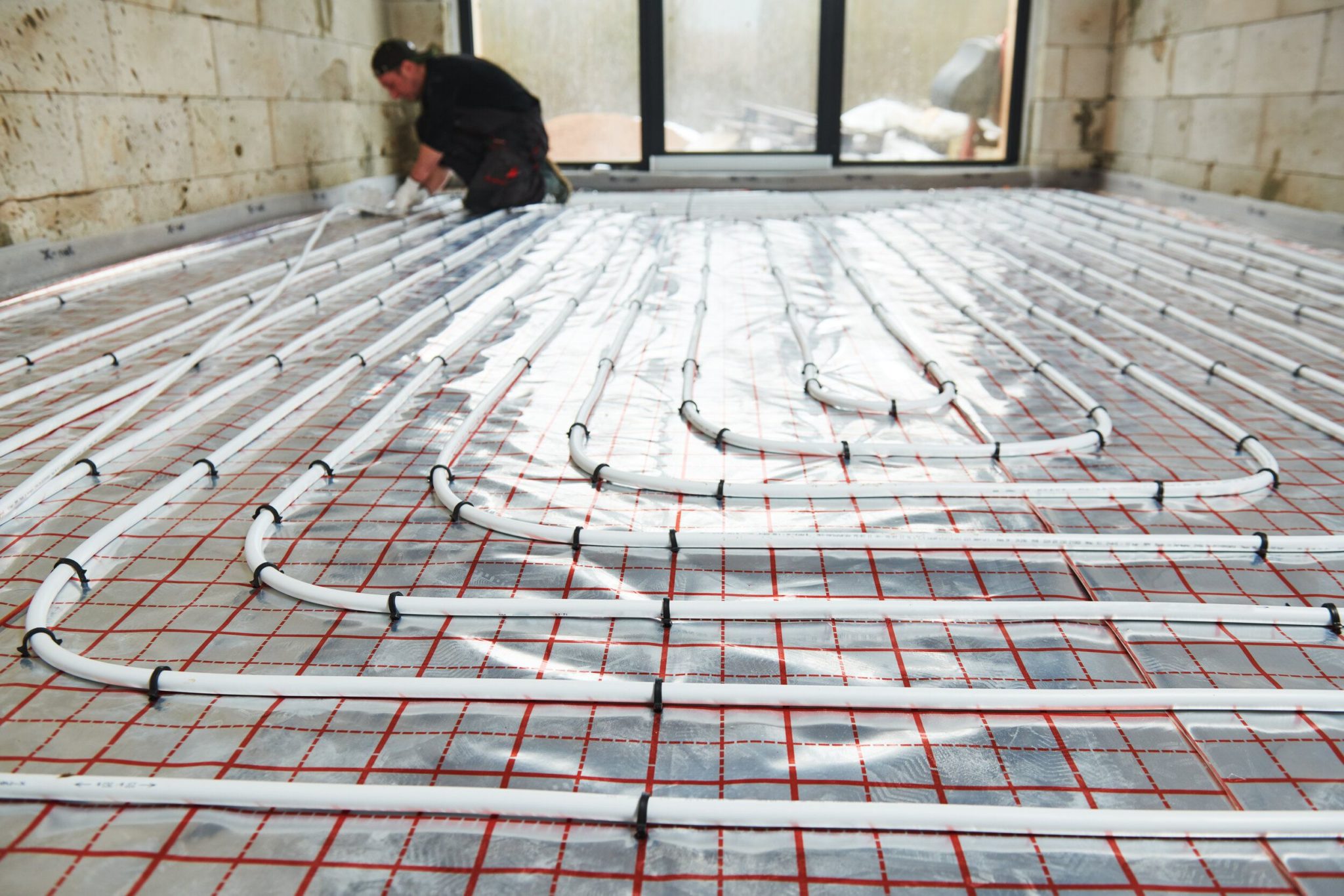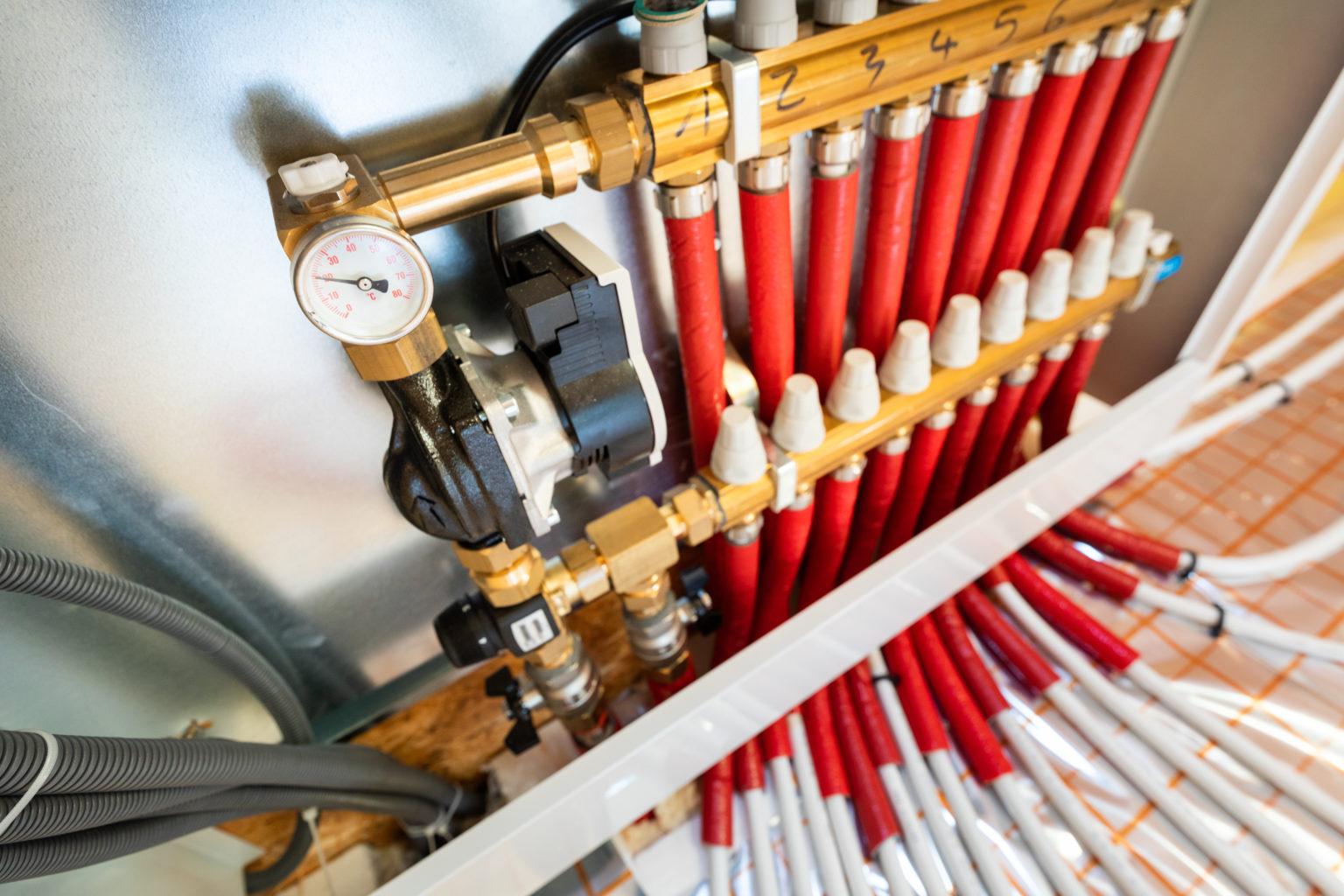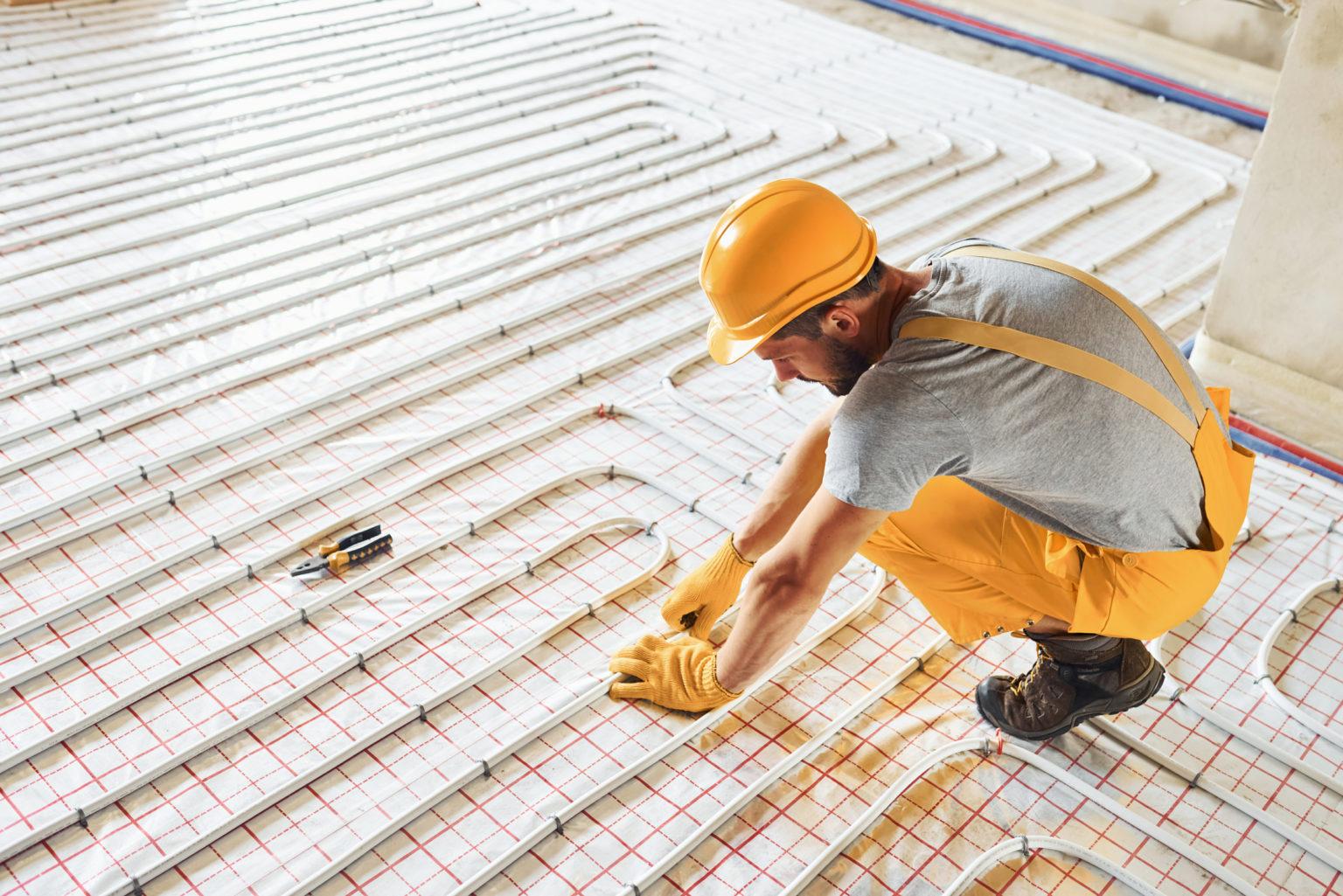Underfloor heating is becoming an increasingly popular choice for homeowners who seek both comfort and efficiency. Unlike conventional systems that rely on bulky radiators or forced air vents, underfloor heating systems remain out of sight and provide a consistent, even heat throughout your living space. They are modern, low-maintenance, and enhance both energy efficiency and room aesthetics. Let’s break down the importance of underfloor heating through four key points that cover its types and materials for installation.
1. Electric Underfloor Heating: Ideal for Renovations and Small Spaces
Electric underfloor heating, often referred to as a dry system, uses electric heating mats or cables installed directly beneath the floor surface. It’s especially suitable for smaller areas like bathrooms, kitchens, or hallways where targeted heating is preferred. This system is relatively easy to install, making it a popular option during renovations.
Since it doesn’t require major structural changes, many homeowners find it convenient for upgrading individual rooms. However, because it operates on electricity, it’s better suited for intermittent rather than whole-home heating due to energy costs.
2. Hydronic Underfloor Heating: Efficient and Long-Lasting
Hydronic systems, also known as wet systems, circulate heated water through flexible pipes embedded in the floor. This type of underfloor heating is highly efficient and cost-effective over time, especially when used for heating large areas or entire homes. It is typically installed during new builds or extensive remodels due to the complexity of laying pipes and integrating with a boiler or heat pump system.
 Distributor of Central underfloor heating system
Distributor of Central underfloor heating systemOne of the most effective setups involves installing radiant heat over concrete slab, as concrete retains and distributes heat evenly. This not only ensures consistent warmth but also reduces the need for frequent system activation, making it both comfortable and energy-conscious.
3. Air-Heated and Hybrid Systems: Less Common, More Specialized
While less commonly used in residential applications, air-heated radiant floors are another type of system where heated air is blown through ducts beneath the floor surface. Because air does not retain heat well, this system lacks efficiency and is rarely used in homes today. It may be found in some solar-powered setups where hot air is generated from solar collectors.
Similarly, hydro-air hybrid systems combine both water and air-based heating methods. Hot water is used to warm air, which is then circulated under the floor. These setups are complex and typically used in specific buildings that require both ventilation and heating via a single infrastructure. Though they are technically part of the underfloor heating family, their use is limited to unique architectural requirements.
Ideal Conditions and Materials for Installation
The success of any underfloor heating system depends not only on the method used but also on the materials involved. Concrete slabs, for example, offer excellent heat retention and are ideal for hydronic systems.

Installing radiant heat over concrete slab is highly effective in rooms with tiled or stone flooring, such as basements, bathrooms, and ground floors. The concrete acts as a thermal mass, absorbing and releasing heat gradually, which keeps the space warmer for longer and reduces the energy required to maintain temperature.
In addition to concrete, compatible flooring materials include:
- Tile and Stone – High choice for conductivity and performance.
- Engineered Wood – Stable under fluctuating temperatures.
- Laminate and Vinyl – Usable if rated for radiant heating.
- Polished Concrete – Naturally synergistic with hydronic systems.
Selecting the right flooring ensures optimal performance and longevity for your underfloor heating system.
Conclusion
Underfloor heating provides a sleek, modern solution to traditional home heating. Whether you choose electric, hydronic, or more specialized air-based systems, the key lies in choosing the right setup for your space. For maximum efficiency and comfort, especially in colder regions or ground-level rooms, installing radiant heat over concrete slab is one of the most effective methods available. With the right materials and planning, underfloor heating can transform your home into a warm, inviting space free from cold spots and cluttered heaters.


More Stories
From Patios To Pool Decks: Stylish Surfaces For Every Outdoor Space
4 Simple Home Changes that Have High Returns on Investment (ROIs)
Effective Tips for Home Buyers in San Antonio